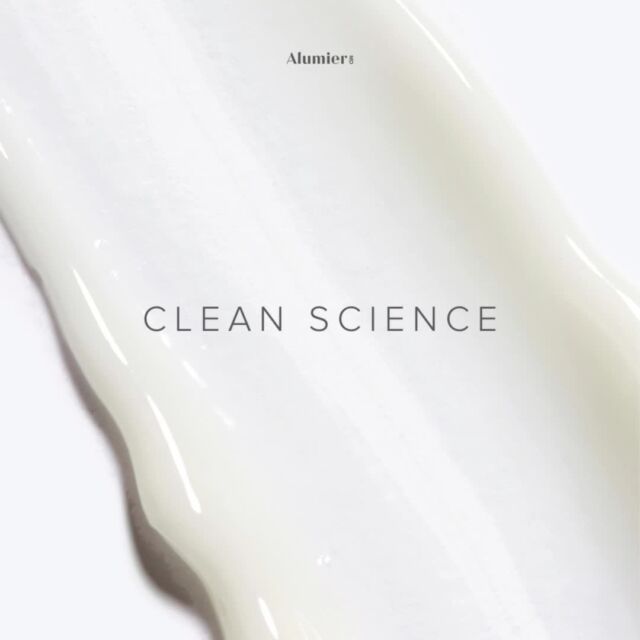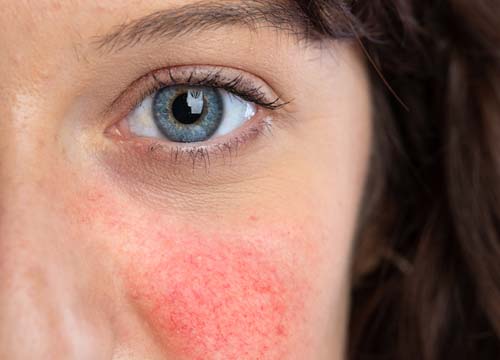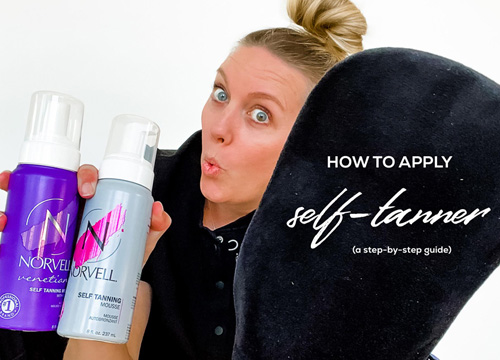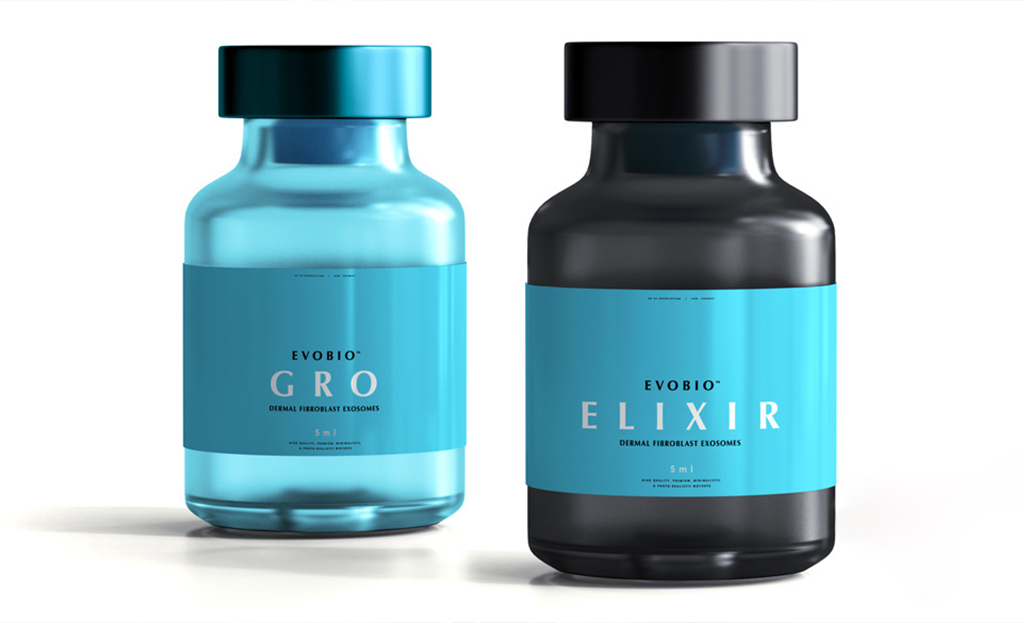
Identifying, Treating and Managing Rosacea for Maximum Results
Rosacea – a skin condition that can make you look like you’ve been blushing non-stop for days. But the reality is much worse. It’s an inflammatory condition that affects over 16 million Americans and can be triggered by anything from stress to spicy food. And while it’s not life-threatening, it can be incredibly frustrating to manage. So, what is rosacea? What are the symptoms? Who gets it? And most importantly, how do you manage it? Fear not, because we’ve got all the answers you need in this blog post. Get ready to say goodbye to the redness and hello to clearer, calmer skin.
Rosacea is a pesky skin condition that can be a real pain in the you-know-what, especially for those with skin of color. It’s chronic, which basically means it’s here to stay. You might be wondering how to identify this sneaky condition; well, look out for papules, pustules, flushing, and telangiectasia (small, widened blood vessels on the skin). These are all signs that rosacea is rearing its ugly head. But don’t fret; it’s not all doom and gloom. With the right knowledge of the different types of rosacea and how to identify them, you can take charge and keep that pesky condition under control!
Rosacea is a common skin condition that affects people of all skin types. However, when it comes to diagnosing and managing rosacea in patients with skin of color, it’s important to recognize that not all rosacea is created equal. The condition can manifest in four different types, including erythematotelangiectatic, papulopustular, phymatous, and ocular rosacea, all of which present with their own unique symptoms. Being able to properly identify the type of rosacea in patients with skin of color is crucial, as treatment plans can vary depending on the presentation.
Identifying the different types of rosacea in skin of color can be a challenge. For instance, erythematotelangiectatic rosacea may hide behind hyperpigmentation, leaving you scratching your head wondering if it’s even rosacea at all. On the other hand, phymatous rosacea may present itself as thickened skin, making you feel like you’re playing a game of hide-and-seek with your skin condition. Fortunately, with medical-grade skincare, you can effectively manage your rosacea regardless of your skin type. So, if your skin is disguising your rosacea in hyperpigmentation or thickened tissue, don’t fret. Just remember to seek out expert advice to help manage your condition with ease.
In conclusion, rosacea may be a pain in the cheeks (literally), but it doesn’t have to take over your life. By understanding the triggers, symptoms, and effective management techniques, you can keep the redness at bay and rock the clear, calm skin of your dreams. So go ahead and indulge in that spicy salsa or take on that stressful project – just make sure you’ve got your rosacea management plan in place. Because, as they say, when life gives you lemons (or redness), make some kick-ass lemonade (or soothing face masks). Cheers to healthy, happy skin!
Read more about the cause, types of rosacea, and treatments: https://www.liftedbeautyandwellness.com/rosacea-treatments/
This post does not constitute medical advice. Be sure to consult your healthcare practitioner before starting any new supplements or evidence-based skincare lines.























